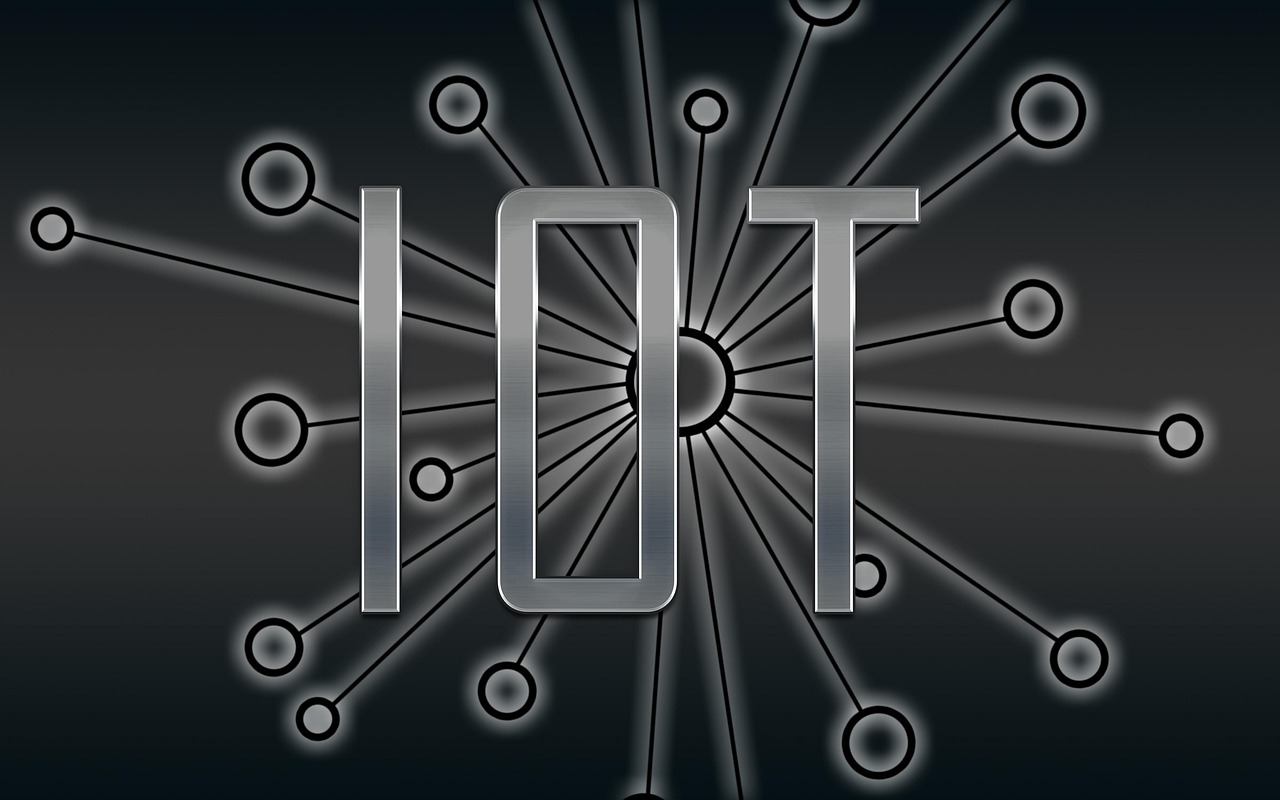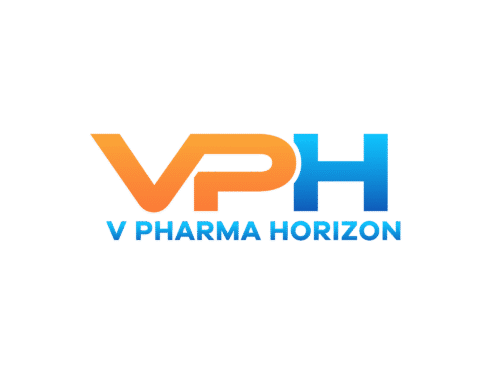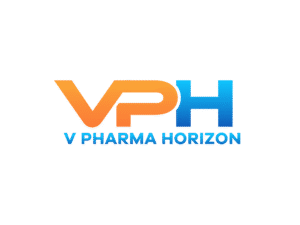Real-Time Supply Chain Monitoring with IoT Sensors
In the complex and highly regulated world of pharmaceutical logistics, precision, visibility, and reliability are non-negotiable. From biologics requiring ultra-cold storage to temperature-sensitive vaccines and high-value specialty drugs, the stakes in maintaining product integrity are

In the complex and highly regulated world of pharmaceutical logistics, precision, visibility, and reliability are non-negotiable. From biologics requiring ultra-cold storage to temperature-sensitive vaccines and high-value specialty drugs, the stakes in maintaining product integrity are enormous. Enter the Internet of Things (IoT): a transformative force enabling real-time supply chain monitoring through interconnected sensors that are revolutionizing how pharma products are transported, stored, and delivered.
The Visibility Challenge in Pharma Supply Chains
Traditional supply chain models often suffer from fragmented visibility. Tracking pharmaceutical products through multiple handlers, customs checkpoints, and environmental transitions can be a logistical nightmare. Delays, temperature excursions, and improper handling can compromise drug efficacy or render entire shipments unusable. With increasing global distribution and stricter regulatory requirements, pharma companies need smarter tools—not just spreadsheets or passive logging devices—to ensure compliance and quality assurance.
IoT Sensors: The Digital Nervous System
IoT sensors act as the digital nervous system of the supply chain. These miniature devices, embedded within packaging or transport containers, can continuously monitor critical parameters such as:
- Temperature and Humidity
- Shock and Vibration
- Light Exposure (tamper detection)
- Geolocation and Movement
- Pressure and Air Quality (for sensitive APIs or biologics)
By transmitting this data in real time to cloud-based platforms, stakeholders can proactively intervene when a deviation is detected, reroute shipments, alert partners, or document conditions for compliance reporting.
Benefits of Real-Time Monitoring in Pharma Logistics
- Enhanced Quality Assurance:
Real-time data helps ensure drugs remain within required environmental thresholds throughout transit, reducing product loss and recalls. - Regulatory Compliance:
Regulatory agencies like the FDA and EMA require comprehensive data trails. IoT provides continuous logs and automated audit trails, facilitating faster inspections and GxP (Good Practice) compliance. - Operational Efficiency:
With predictive insights and automated alerts, pharma companies can better manage fleet logistics, avoid bottlenecks, and reduce manual tracking burdens. - Improved Risk Management:
Real-time alerts allow logistics teams to address issues before they escalate—such as diverting a shipment that’s at risk of temperature excursion due to mechanical failure. - Customer Trust and Transparency:
Patients and providers can be assured of drug integrity, especially in critical therapies like insulin or cancer medications, where efficacy is vital.
Use Cases: From Vaccines to Clinical Trials
- Vaccine Cold Chain:
COVID-19 accelerated IoT deployment to track ultra-cold storage (-70°C) requirements for mRNA vaccines globally. These sensors ensured regulatory-grade visibility from manufacturing plants to inoculation centers. - Clinical Trial Supply Monitoring:
With decentralized trials, investigational products are now shipped directly to participants. IoT sensors help ensure that the right drug, in the right condition, reaches the right patient without compromising protocol compliance. - Controlled Substances & High-Value Biologics:
Theft, counterfeiting, and diversion risks are mitigated with geofencing alerts and tamper detection technologies embedded within smart packaging.
Integration with AI and Predictive Analytics
The real power of IoT emerges when paired with artificial intelligence. By analyzing streaming sensor data, machine learning algorithms can predict supply chain risks, optimize routes, and recommend contingency actions. This predictive layer transforms logistics from reactive to proactive, and eventually to autonomous.
Challenges and Future Outlook
While IoT offers immense value, adoption is not without hurdles:
- High upfront costs for sensor deployment and integration
- Data security and privacy concerns
- Connectivity limitations in remote areas
- Standardization across vendors and platforms
Despite these challenges, the trajectory is clear. As costs decrease and interoperability improves, IoT-based real-time monitoring will become a standard component of intelligent pharma logistics. The future may even see blockchain-integrated sensor data, creating immutable audit trails for every drug shipment.
Real-time supply chain monitoring with IoT sensors is reshaping the pharmaceutical logistics landscape. In a sector where every degree, vibration, or delay can have life-altering consequences, continuous visibility isn’t just a technical advantage—it’s a necessity. For pharmaceutical companies aiming to deliver safe, effective therapies at global scale, IoT isn’t just a buzzword—it’s the new backbone of trust and transparency.






